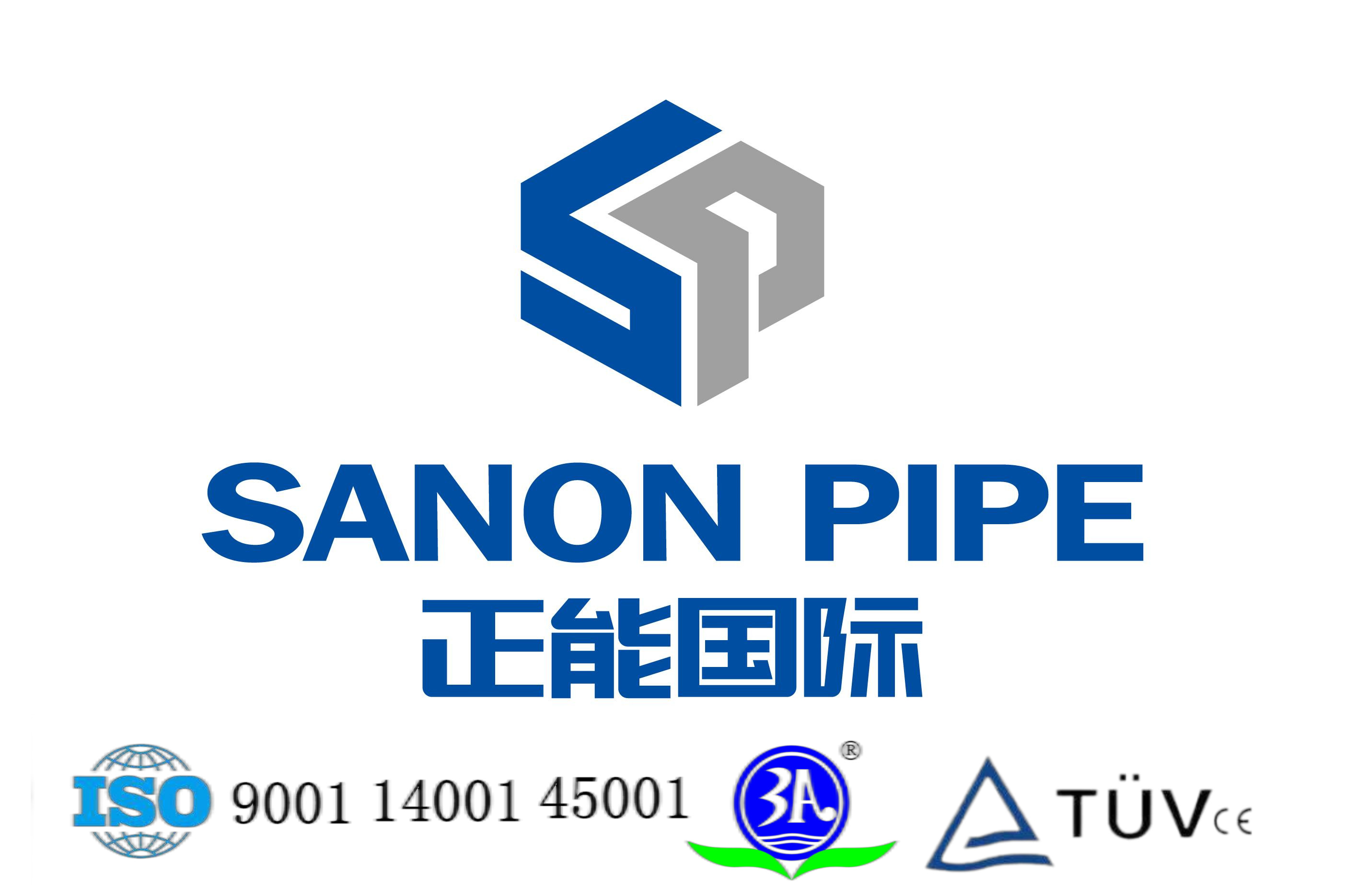Seamless alloy steel pipes have the following advantages over ordinary steel pipes:
Strength and corrosion resistance: Alloy steel pipes contain elements such as chromium, molybdenum, titanium, and nickel, which improve the strength, hardness, and corrosion resistance of steel pipes, and are particularly suitable for use in high temperature, high pressure, or corrosive environments.
Excellent high temperature resistance: Alloy steel pipes can maintain stable strength and oxidation resistance in high temperature environments. They are usually used to manufacture equipment that operates at high temperatures, such as boilers, heat exchangers, etc.
Good ductility and plasticity: Due to the presence of alloy elements, seamless alloy steel pipes are superior to ordinary steel pipes in ductility and plasticity, are not easy to break, and are suitable for environments that need to withstand greater pressure and stress.
Wear resistance: Alloy steel pipes have high wear resistance and are suitable for use in industrial environments with greater wear.
Main application industries of seamless alloy steel pipes
Seamless alloy steel pipes are widely used in many industrial fields, including:
Petroleum and natural gas industry: In oil and gas extraction and transportation, alloy steel pipes are widely used because the industry requires high-pressure and corrosion-resistant pipes.
Power industry: Seamless alloy steel pipes are often used in equipment such as boilers, heat exchangers, and high-pressure pipelines because they can withstand high temperatures and high pressures.
Chemical and petrochemical industries: Alloy steel pipes are used to transport chemical liquids and gases during the production process and can resist corrosion and high temperatures.
Nuclear power industry: Nuclear reactor systems require high-strength, high-temperature, and radiation-resistant materials, and alloy steel pipes meet these requirements.
Sanonpipe main seamless steel pipes include boiler pipes, fertilizer pipes, oil pipes, and structural pipes.
1.Boiler Pipes 40%
ASTM A335/A335M-2018: P5, P9, P11, P12, P22, P91, P92; GB/T5310-2017: 20g, 20mng, 25mng, 15mog, 20mog, 12crmog, 15crmog, 12cr2mog, 12crmovg; ASME SA-106/ SA-106M-2015: GR.B, CR.C; ASTMA210(A210M)-2012: SA210GrA1, SA210 GrC; ASME SA-213/SA-213M: T11, T12, T22, T23, T91, P92, T5, T9 , T21; GB/T 3087-2008: 10#, 20#;
2.line pipe 30%
API 5L: PSL 1, PSL 2;
3.Petrochemical pipe 10%
GB9948-2006: 15MoG, 20MoG, 12CrMoG, 15CrMoG, 12Cr2MoG, 12CrMoVG, 20G, 20MnG, 25MnG; GB6479-2013: 10, 20, 12CrMo, 15CrMo, 12Cr1MoV, 12Cr2Mo, 12Cr5Mo, 10MoWVNb, 12SiMoVN b;GB17396-2009:20, 45, 45Mn2;
4.heat exchanger tube 10%
ASME SA179/192/210/213 : SA179/SA192/SA210A1.
SA210C/T11 T12, T22.T23, T91. T92
5.Mechanical pipe 10%
GB/T8162: 10, 20, 35, 45, Q345, 42CrMo; ASTM-A519:1018, 1026, 8620, 4130, 4140; EN10210: S235GRHS275JOHS275J2H; ASTM-A53: GR.A GR.B
Post time: Nov-08-2024





